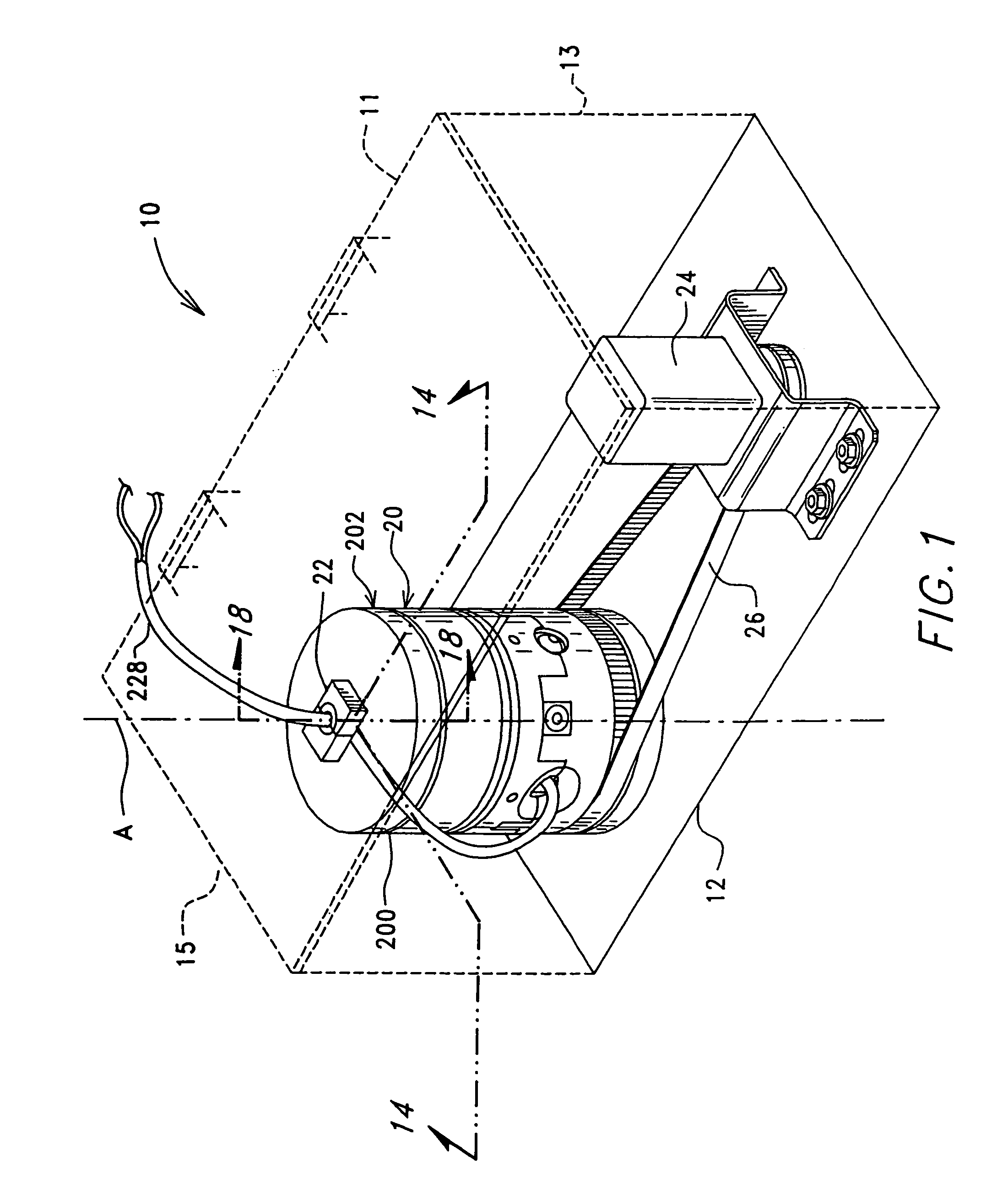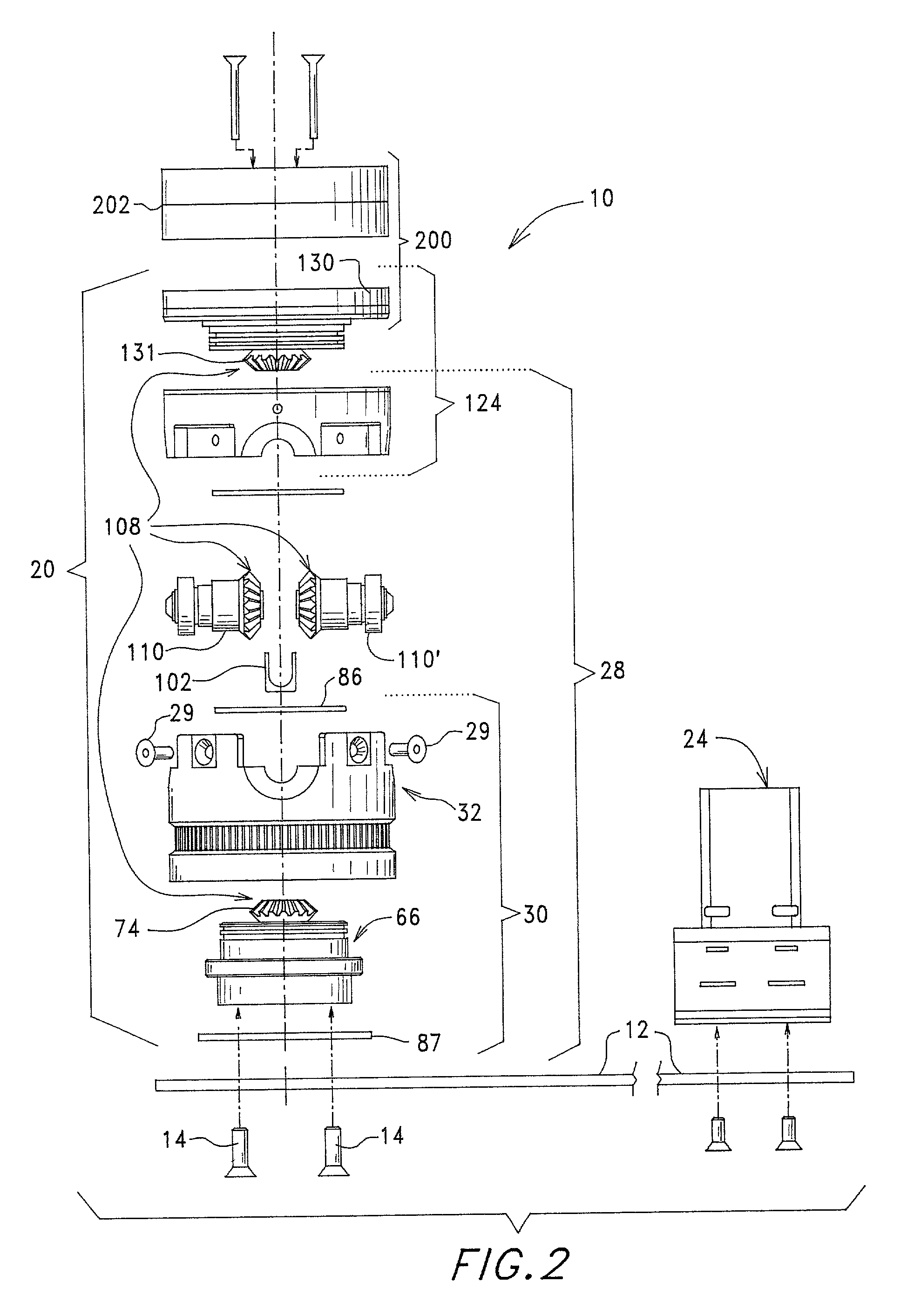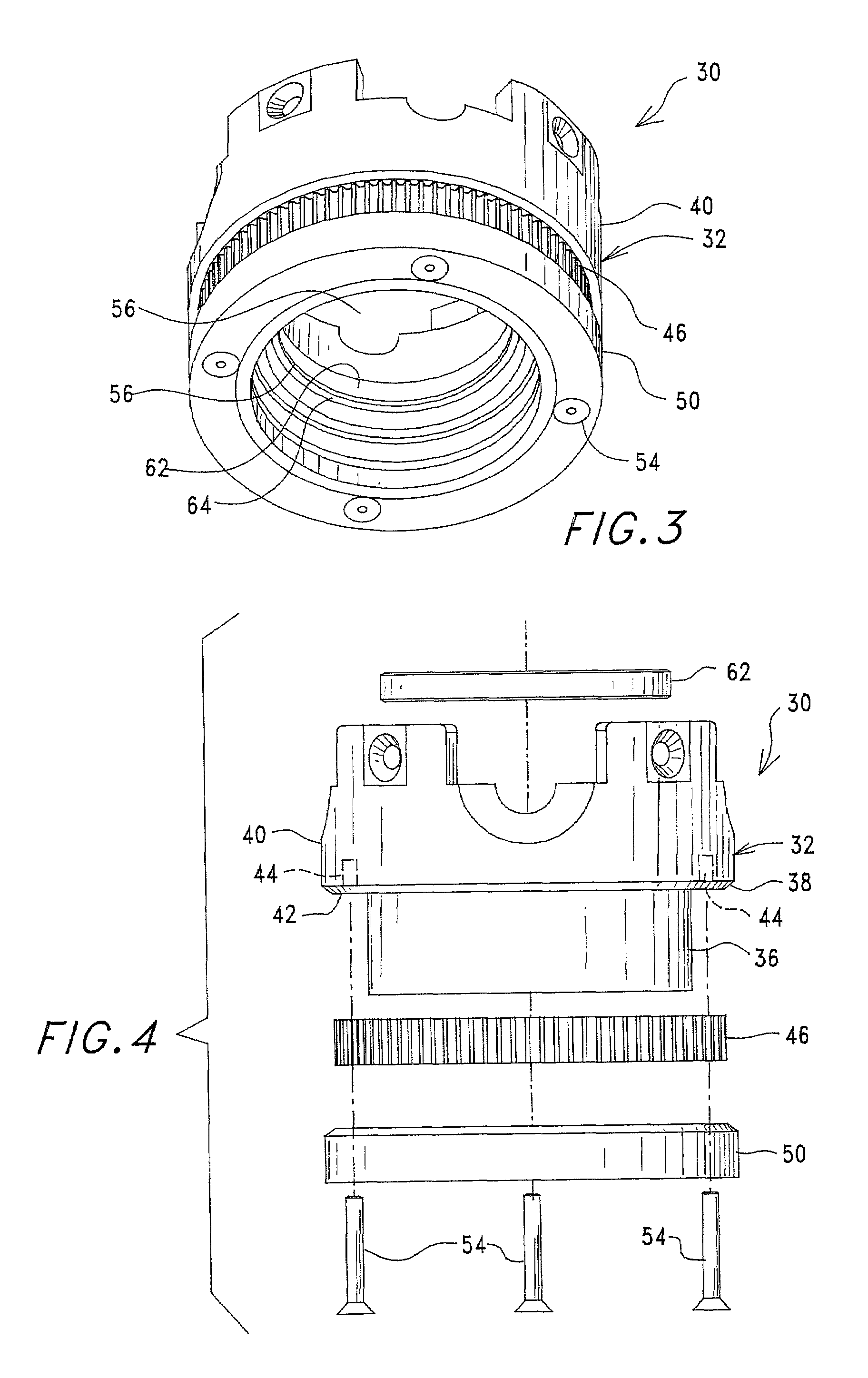Discontinuous-flow systems have the
advantage that the rotors are relatively small in
diameter but have the
disadvantage that the
extracorporeal volume (i.e., the amount of blood that is out of the donor at any given time during the process) is large.
This, in turn, makes it difficult or impossible to use discontinuous systems on people whose size and weight will not permit the drawing of the amount of blood required to fill the rotor.
Because the bowls in these systems are rigid and have a fixed volume, however, it is difficult to control the
hematocrit of the final product, particularly if the amount of blood salvaged is insufficient to fill the bowl with red blood cells.
The McMannis, et al.,
system takes up a fairly large amount of space, and its flexible pancake-shaped rotor is awkward to
handle.
The McMannis, et al.,
system does not permit the fluid medium to flow into and out of the
processing bag at the same time, nor does it permit fluid medium to be pulled out of the
processing bag by suction.
Although continuous-flow systems have the
advantage that the amount of blood that must be outside the donor or patient can be relatively small, they have the
disadvantage that the
diameter of the rotor is large.
These systems are, as a consequence, large.
Furthermore, they are complicated to set up and use.
One drawback present in the above-described continuous-flow systems has been their use of a rotating seal or
coupling element between that portion of the
system carried by the
centrifuge rotor and that portion of the system which remains stationary.
While such rotating seals have provided generally satisfactory performance, they have been expensive to manufacture and have unnecessarily added to the cost of the flow systems.
Furthermore, such rotating seals introduce an additional component into the system which if defective can cause
contamination of the blood being processed.
The continuous-flow systems described above are large and expensive units that are not intended to be portable.
Nevertheless, the whole process remains laborious and requires the separation to occur within a certain
time frame to guarantee the quality of the blood components.
This complicates the logistics, especially considering that most
blood donations are performed in decentralized locations where no
batch processing capabilities exist.
However, the complexity and costs of haemapheresis systems preclude their use by transfusion centers for routine
whole blood collection.
The bag comprises a single inlet / outlet tubing for the introduction and removal of fluids to the bag, and consequently cannot be used in a continual, on-line process.
Moreover, the processing bag has a the
disadvantage of having 650 milliliter capacity, which makes the McMannis, et al., device difficult to use as a
blood processing device.
Despite the effectiveness and successful use of
fibrin glue by medical practitioners in Europe, neither
fibrin glue nor its essential components
fibrinogen and
thrombin are widely used in the United States.
In addition, the more recent appearance of other lipid-enveloped viruses such as HIV, associated with AIDS, cytomegalovirus (CMV), as well as Epstein-
Barr virus and the herpes simplex viruses in
fibrinogen preparations makes it unlikely that there will be a change in this policy in the foreseeable future.
The above patents by Rose, et al., and Marx, and the technical paper by Berruyer, et al. each disclose methods for preparing
fibrin sealants; however, each of these methods suffer disadvantages associated with the use of bovine
thrombin as the activating agent.
A serious and life threatening consequence associated with the use of fibrin glues comprising bovine
thrombin is that patients have been reported to have a bleeding diathesis after receiving topical bovine thrombin.
This complication occurs when patients develop antibodies to the bovine
factor V in the relatively impure bovine thrombin preparations.
These antibodies cross-react with human
factor V, thereby causing a
factor V deficiency that can be sufficiently severe to induce bleeding and even death.
Further disadvantages associated with the methods disclosed by Marx and Rose, et al. are that the
cryoprecipitate preparations require a large time and monetary commitment to prepare.
A further disadvantage associated with the methods previously disclosed is that while
human thrombin is contemplated for use as an activator,
human thrombin is not available for clinical use and there is no evidence that patients will not have an antigenic response to
human thrombin.
A second difficulty with thrombin is that it is autocatalytic, that is, it tends to self-destruct, making handling and prolonged storage a problem.
 Login to View More
Login to View More  Login to View More
Login to View More 


